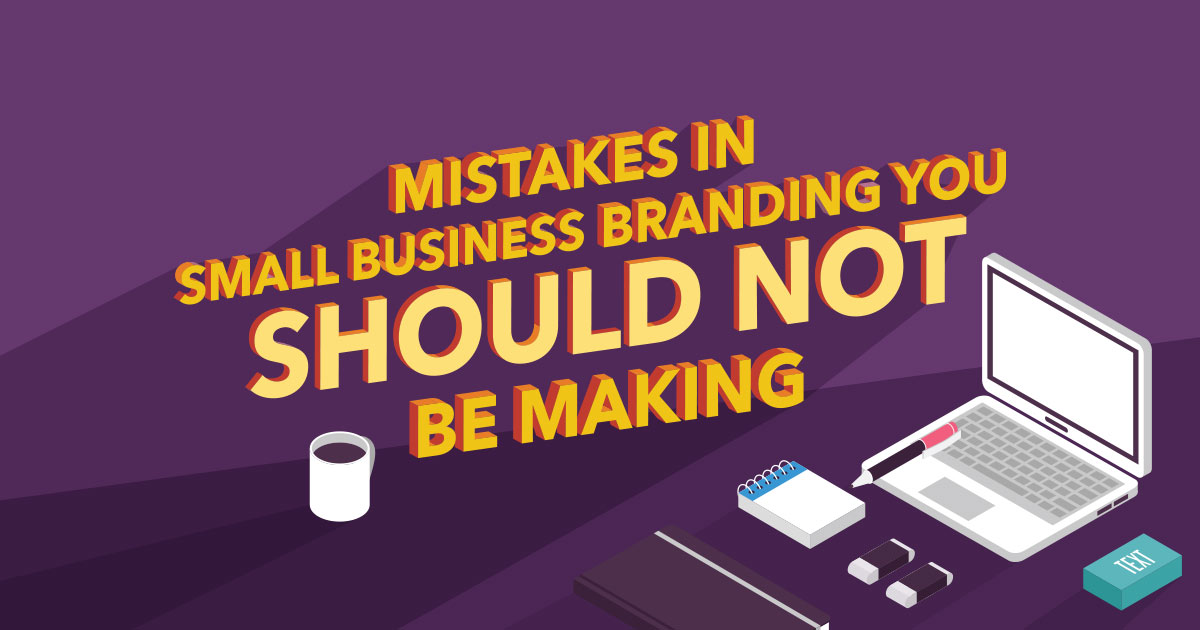
When your customer can’t tell your brand apart from a dozen other small businesses within your area, then you’ve got a problem. You could be losing sales on the regular without you being the wiser. Or worse, other ventures could take credit for the stellar standard of products or service you’ve built for yourself.
Without a doubt, small business branding can be tricky. With fewer funds and means to put themselves out there, they need to work doubly hard to succeed and grow. From marketing to branding, there is so much to do to gain leverage in the playing field. Fortunately, there is help in the form of Penji.
What is Penji?
An on-demand graphic design service, Penji understands small businesses like no one can. We know how hard it is to find a graphic designer that fits the budget and still come up with high-quality designs. We made graphic design affordable and accessible so small businesses can compete with anyone.
We provide unlimited graphic design for a flat, monthly rate, so branding isn’t a problem for small businesses. And we understand how you need to get everything right the first time, the reason we also offer unlimited revisions. We won’t stop until you get the perfect branding assets for your business.
Why Small Business Branding is a Necessity
A small business is defined as an organization with fewer than 500 employees, according to the US SBA. The definition varies depending on the location. In the UK, a small business is described as having not more than 50 employees, according to the University of Strathclyde. However, whether big or small, branding is a must and requires constant attention from its owners. Here are the reasons why:
Small Businesses Branding Makes You Look Big
Small businesses can be that brick-and-mortar store around the corner or your friend’s food delivery service. Either way, you don’t want to project an image of being called “small-time.” A Gallup survey shows that 70% of Americans have strong confidence in small businesses.
But that doesn’t mean that you’ll give your customers a picture of you in hair curlers while kneading that bread dough. You have to take full advantage of this confidence by using effective and impactful branding assets. From your brand name to the colors you choose, make sure that it says, “big-league.”
Small Businesses Branding Makes You Memorable
Top marketer Pam Moore tells us that it takes 5 to 7 impressions for people to remember your brand on average. This is why branding should start while you’re still in the beginning stages of business. When consumers have the need for a product or service that you offer, they’ll keep you in mind. More brand awareness, more people will buy from you, and more revenues towards business growth.
But how do you make people remember you? That’s right, professionally-made branding assets such as logos, fonts, and colors, among many others.
Small Business Branding Brings in the Customers
Excellent branding assets can help you build trust and bring in the customers. When you convey your brand personality well, people will see you as good to do business with. According to Invesp, 59% of shoppers prefer to buy new products from the brands they trust.
When consumers put their trust in your brand, loyalty is next in line. And these two characteristics are the key ingredients in building a small business that will grow big in no time.
15 Common Mistakes in Small Business Branding
We’ll now get down to brass tacks. Here are the ten most common mistakes that small business owners commit. Check the list to ensure that you’re avoiding them and see what remedies you have if you do.
Lack of Understanding in Branding
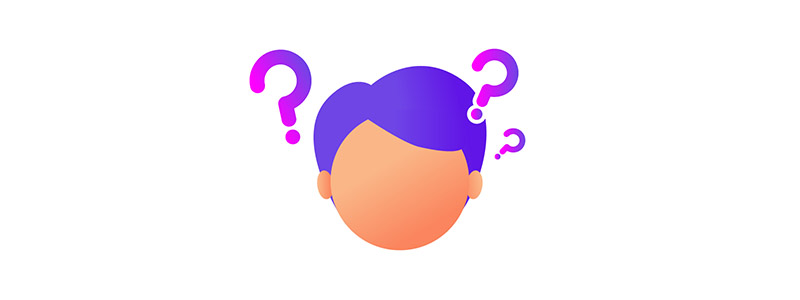
News website Chron tells us that branding has the power to make or break your business. There are many common misconceptions about it which results in branding failures. Learning what branding means is the first step in avoiding these misconceptions and other mistakes as well.
Here are a few things to remember about branding:
- Branding is the perception your business gives to its customers.
- It is the process with which you tell prospects who your business is for and what you can do for them.
- Branding tells consumers why you’re different and why they need to choose you over the others.
Knowing all these will help you create branding strategies that are fit for your small business.
You’re Just Starting Out

Some small businesses think that since they’re small or just starting out, branding is an unnecessary expense. They think of getting serious in branding only when they have sufficient funds. It can be true that branding can be a luxury instead of a necessity for small budgeted companies. However, this isn’t reason enough to forego it.
Graphic design is now affordable when you work with Penji. Not only will you be getting all your branding assets, but you can also request for marketing and advertising designs as well. We’ll show you how Penji can help you get branding visuals at a fraction of the cost.
They Don’t Know Their Target Customers

Not understanding who your business is for is like firing blanks. Before you start designing your brand visuals, make sure you know who you’re creating them for. Otherwise, you’re throwing your branding, marketing, and advertising efforts out the window and just hoping for the right people to see them.
When you know your company’s buyer persona, that’s the time to go on the design board. You’ll know which colors, images, or fonts they can best relate to. This in turn will help you create brand identity designs that your target market can appreciate.
DIYing Your Branding Assets

The internet abounds with numerous tutorials, how-to guides, or DIY channels to help you design your own brand identity assets. Small businesses tend to go this route thinking that it’s faster and cheaper. But most of the time, they’re mistaken.
A great logo, along with equally good visuals, does the following things for your brand:
- Add credibility
- Exude trustworthiness and authority
- Encourage engagement
If you want to look professional, avoid using logo makers or $5 logo designs. You may be a small business, but you don’t have to sport that cheap or unprofessional brand identity.
At Penji, we strive to give our clients the best branding visual assets to make them look as professional as possible. Here are a few of the logos we’ve made for our past clients:
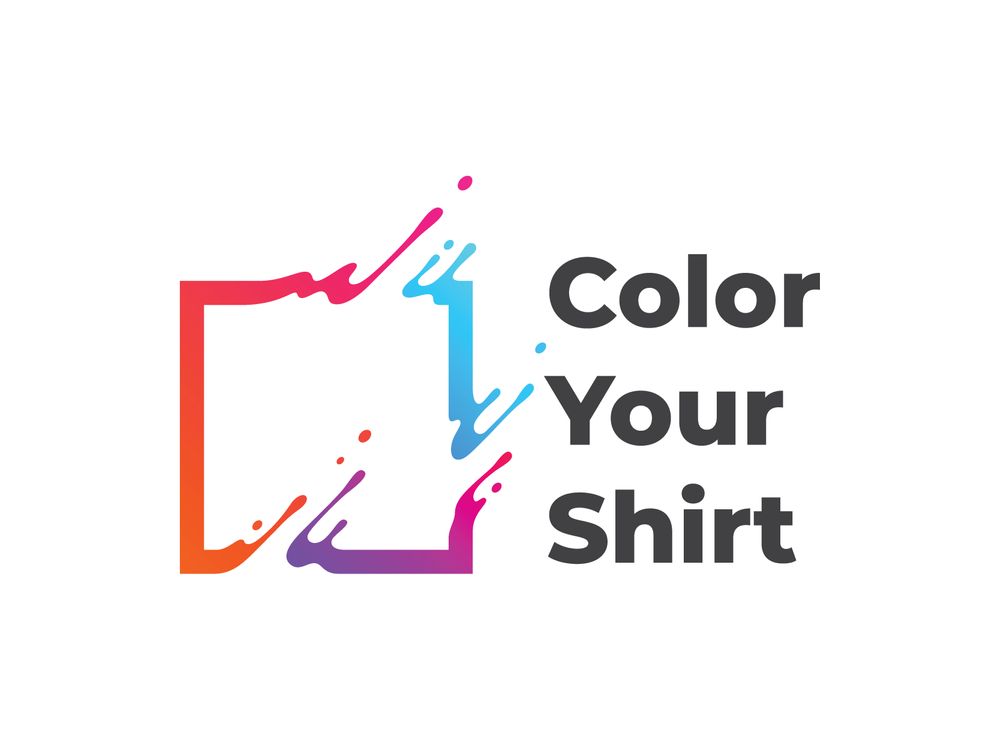
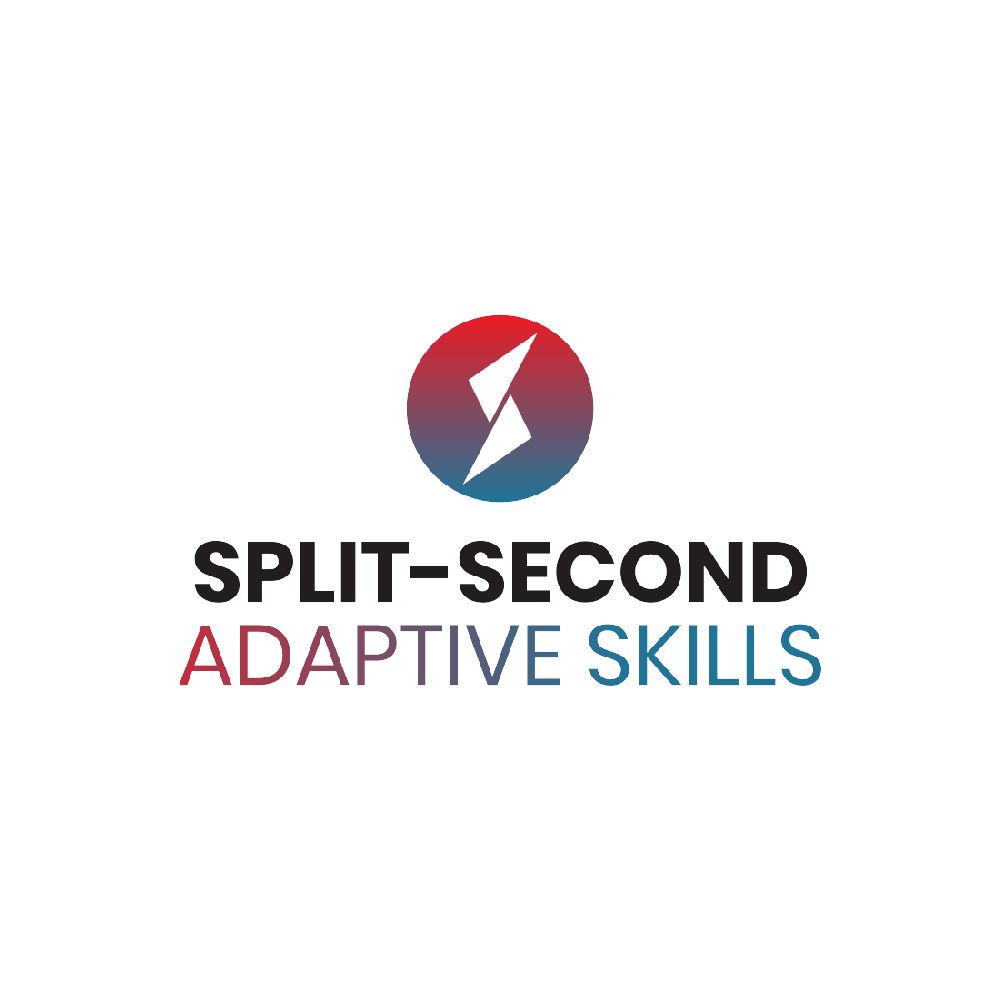
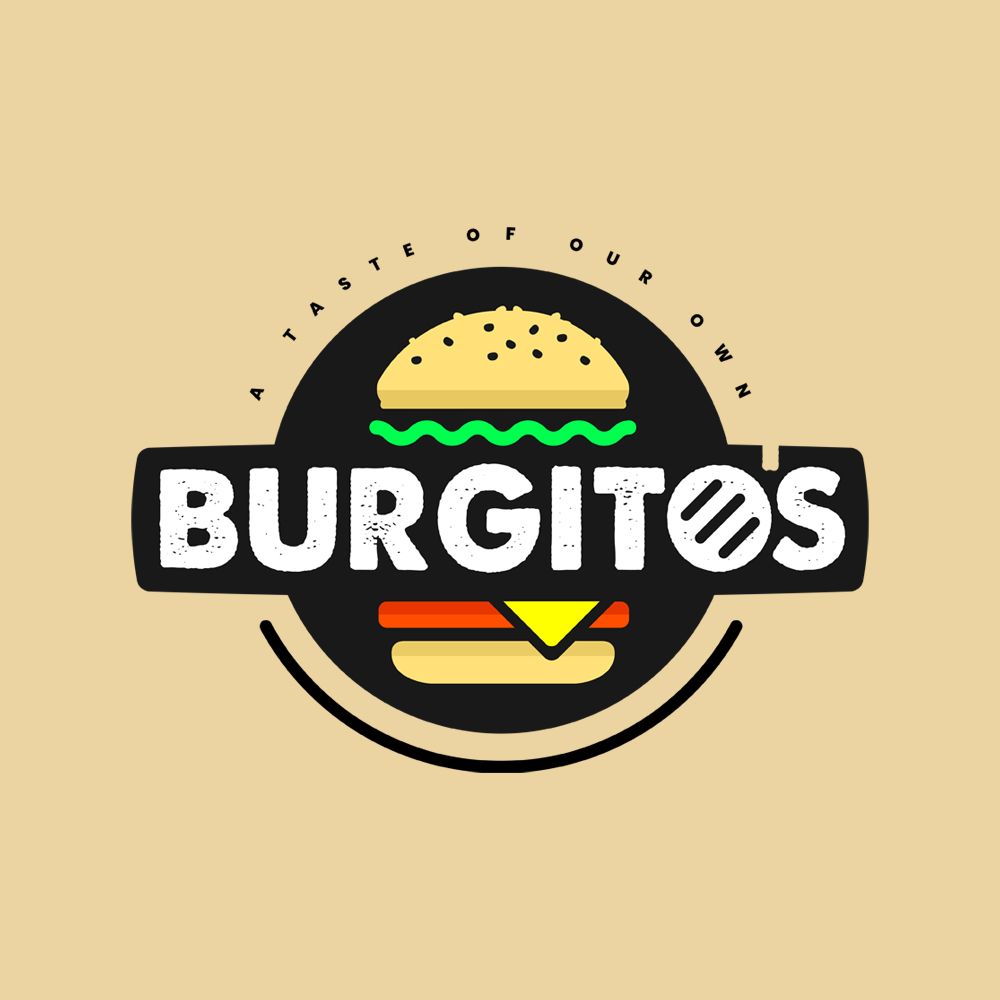


Focusing Only on Your Logo

A common mistake in small business branding is when you still confuse branding with your logo. Your logo isn’t the end-all, be-all of your brand strategies. Even if you paid a reasonable sum of money to have a professional-looking logo designed, that’s not the end of it.
Branding is a body and your logo is only a small portion of it. A logo is an identifying mark, while branding is your business image as a whole. If you’ll have your logo professionally done, you should do so with the other aspects. Your business cards, email newsletters, or landing pages also deserve attention.
Being Inconsistent

Publishing platform Medium.com asserts that consistency is crucial in design. The website tells us that design consistency is a bridge for innovation. If you take a closer look at famous brands Coca-Cola or McDonald’s, their branding visuals have rarely changed, if at all. But have they got the most solid and trustworthy brand identities and strategies known to man.
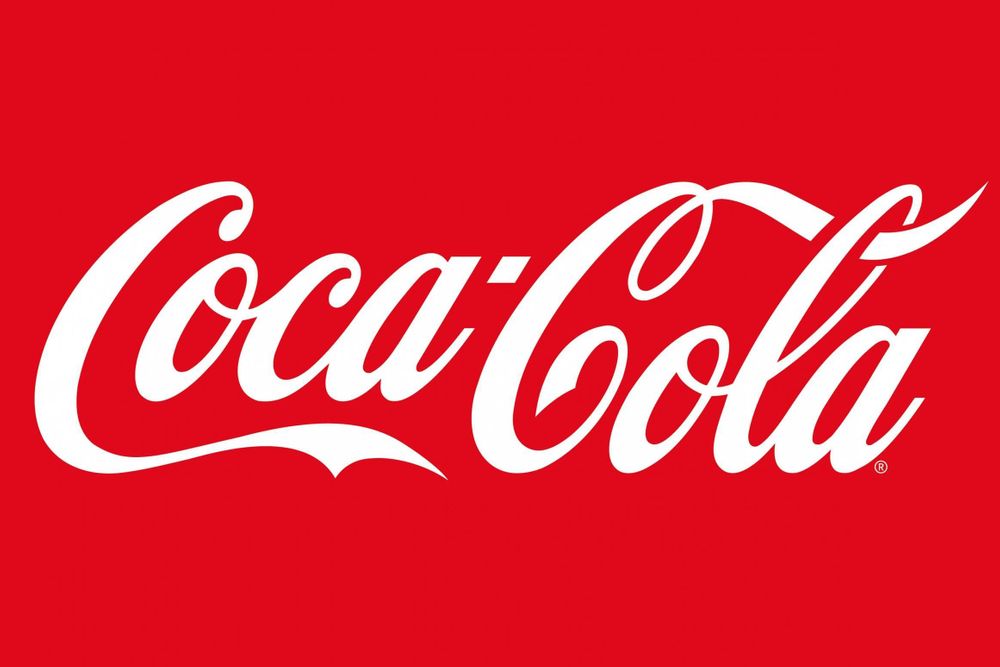
To ensure that you won’t lack consistency in your designs, create brand assets that are flexible and adaptable. Choose designs that will look good when placed in different types of platforms. If you use colors, make sure that your assets will look good even if done in black and white.
Not Creating a Brand Style Guide

Documenting your designs is a great way to create consistency. By documenting, we mean having a brand style guide that you can use. This will allow anyone on your team to produce designs that are consistent with the branding you have.
And when everyone is on the same page about branding, consistency is sure to follow. Additionally, documentation will help you identify designs that didn’t work before. You can avoid doing them again and use only what works for your business.
Taking No Chances

To get an edge over your competition, you need to be a little bit, if not all-out adventurous. Whether it’s on the business side or design-wise, you need to think outside the box.
Here are a few things to keep in mind when it comes to balancing safe and edginess in your branding assets:
- If there’s nothing interesting about your branding, people might just put you aside or worst, ignore you.
- Always going with the flow will have you end up with a design that’s too familiar.
- When you see design similarities with every other business out there, it gets boring.
This is why we never, ever recommend using templates or logo makers that churn out the same thing over and over. In short, stop playing safe and learn to experiment with design. Penji’s unlimited graphic design service will let you do this.
Following Trends

Each time a new year starts, you’ll see design trends on just about every blog or news article. Even if it’s tempting to follow them all, try to resist the urge. Usually, these hottest crazes get old too fast and will leave you looking outdated quickly.
Discerning when to follow trends and when not to takes a keen eye for design. If you’re unsure, don’t bother. That latest color combination may look good, but if it does nothing for your brand, stick with what you have. Besides, following the trends will have you look inconsistent, which could be disastrous for business.
Trying to Appeal to Everyone

It’s only natural for business owners to want to make as many sales as they can. To do this, they tend to try their hardest to appeal to everyone. This total disregard for focusing on your target audience can prove to be damaging.
Entrepreneur.com tells us, “you can’t be everything to everybody, so stop trying.” And it’s one sound advice we should all adhere to. It also tells us that it’s practically impossible to satisfy everyone. Attempting to do so will result in a broad service or generic product that nobody wants.
Not Acknowledging Mistakes
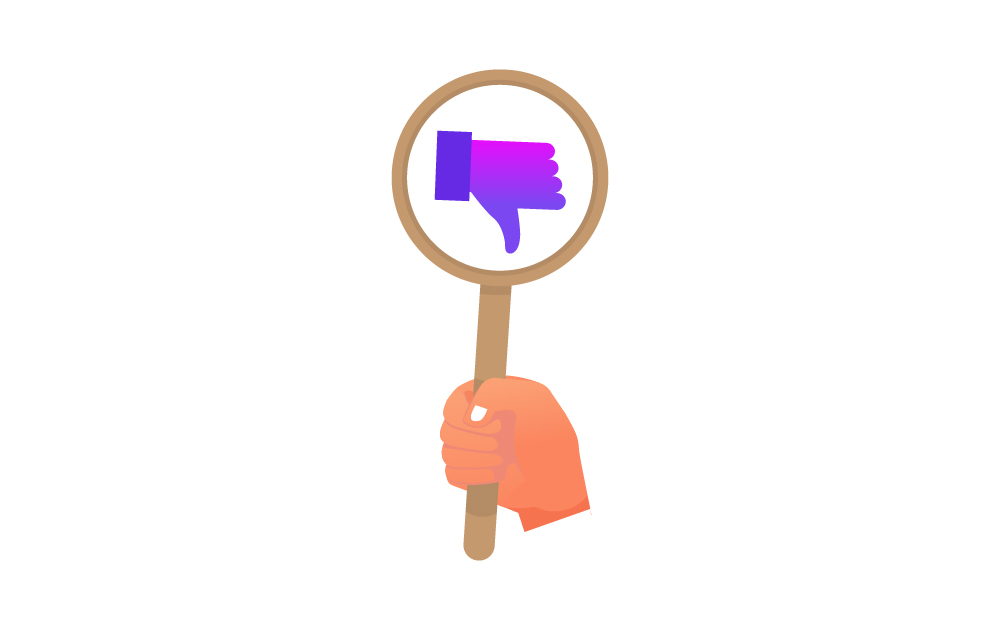
Let’s face it: we all make mistakes in various facets of our business, and branding is no exception. So, how do you know if you’ve created a branding mistake that you need to correct as soon as possible? Here are a few signs:
- Customers can’t remember your business name. They refer to you as “that store where we get this product” or “the shop across my favorite cafe.”
- Your branding doesn’t differentiate you from your competitors. Your customers can’t tell you apart from the next store because you don’t have unique branding.
- Your branding assets don’t reflect who you are. There is a dissociation between who you are as a brand and what your branding assets show your customers.
Trying Too Hard

Know how annoying it could be when someone you know tries too hard and comes off as a phony? The same goes for brands. It’s hard to encourage trust when people have a hard time seeing your business’ authenticity.
False marketing is one of the ways some brands come off as trying too hard. For instance, some small cosmetic brands often label their products “organic” when they’re really not. If you don’t have the organic certifications to back up your claims, it might be better to call it “made from natural ingredients” or another label that won’t get you into trouble later on.
Alienating Your Audience

It doesn’t matter if you’re appealing to a small audience, as long as it’s the right audience. For small businesses, one of the worst things you can do is to make your audience feel alienated.
There are several ways a brand be out of touch with its audience:
- The business is too focused on itself without considering its audience and competitors.
- There’s less focus on the target market’s problems and issues that need to be solved.
- As a result of the first two factors, there’s a lack of connection between the audience’s concerns and how the brand aims to solve those issues.
Making Negative Brand Associations
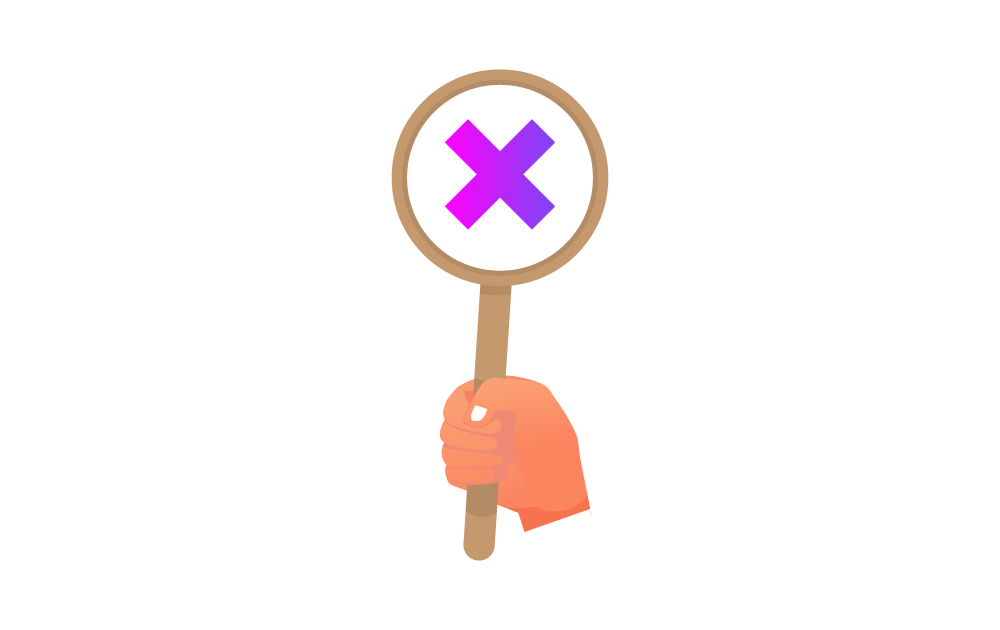
To understand this point better, let’s take a look at Dove’s campaign a few years ago. The brand released limited-edition body wash bottles in the U.K., designed to resemble various body types. Despite the good intentions to advance body positivity, however, the campaign was met with a backlash on social media. According to some, the campaign made consumers more self-conscious.
Though this particular example involves a marketing campaign, you can also commit the same mistake in branding. Though being witty can be an awesome weapon in branding and marketing, failed attempts at cleverness can be a tough downfall for any brand.
Staying Stagnant

If you look at the biggest brands, you’ll see that most of them have evolved with their branding assets one way or another. They may have adopted a simpler logo or a sleeker look to keep up with the times.
Here are a few ways to know that it’s time to update your branding:
- Your brand looks outdated if compared to your competitors’.
- The business has evolved and the branding assets don’t reflect the current venture anymore.
- The visual branding literally doesn’t fit the present business anymore. For instance, you initially opened a coffee shop but the business evolved into a bakeshop delivery business sans the coffee.
How Penji Can Help Small Businesses with Branding
For small businesses to get all the branding assets they need, working with Penji can be beneficial. For a flat monthly rate of as low as $399, you can send as many design requests as you can. There is no contract so you can opt out any time you need to.
How to Request Small Business Branding Assets from Penji
Getting your designs from Penji is easy. Just follow these simple steps:
Create
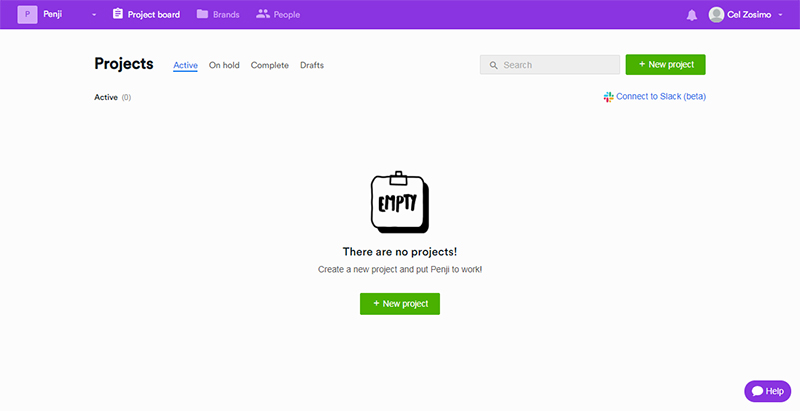
Sign up to any of Penji’s plans that suits your business needs. You’ll get access to our dashboard where you’ll send your requests and communicate with our designers. Click on the +New project button.
Give your project a suitable title and select the design category from the drop-down list. Write a brief, yet thorough description of your project. You can also attach files that the designer can use as references. Click on Next.
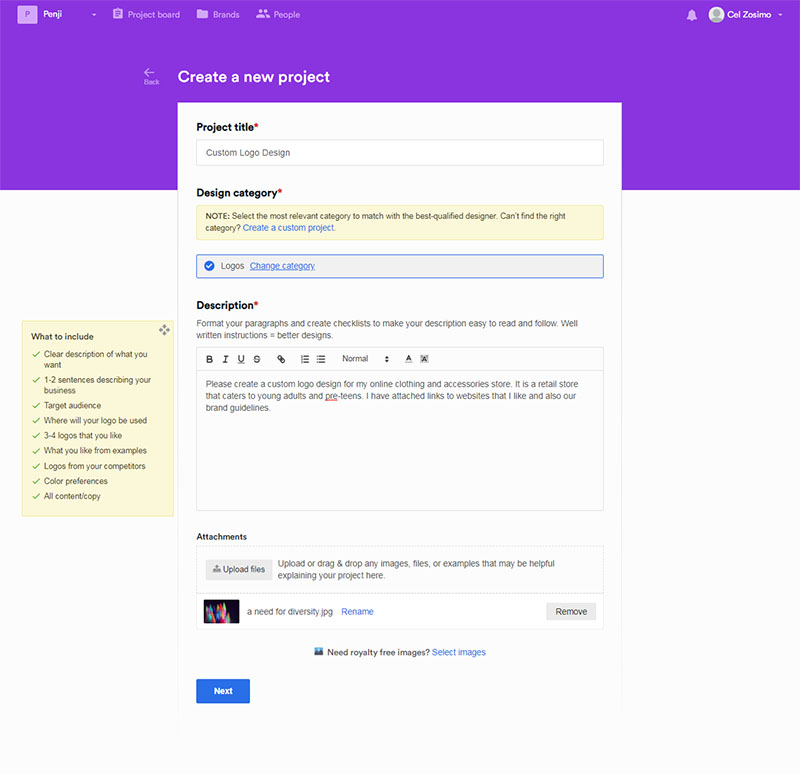
Select the Level of customization. For our Team and Agency plans, you can request for custom illustrations that you can use for your branding strategy. Then select the File deliverables from the list below it. The Associated brand is where you can create a folder containing all your brand assets, if you already have them. This way, you only need to click on that folder if you want to use them in your next projects. Click Create project.
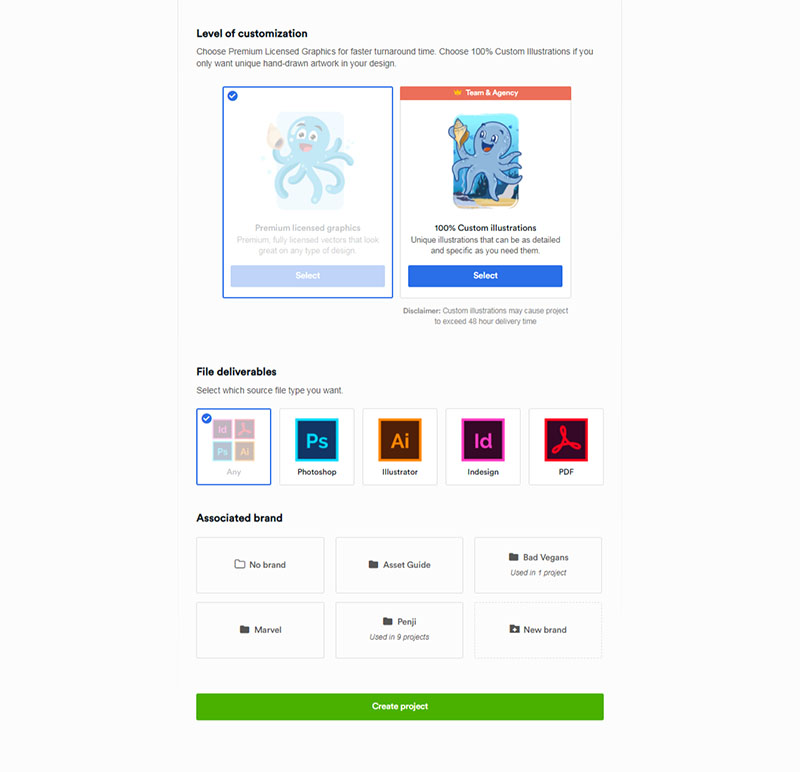
Your project will now be automatically assigned to the best designer for the job. Wait 24 to 48 hours before you can receive your initial draft.
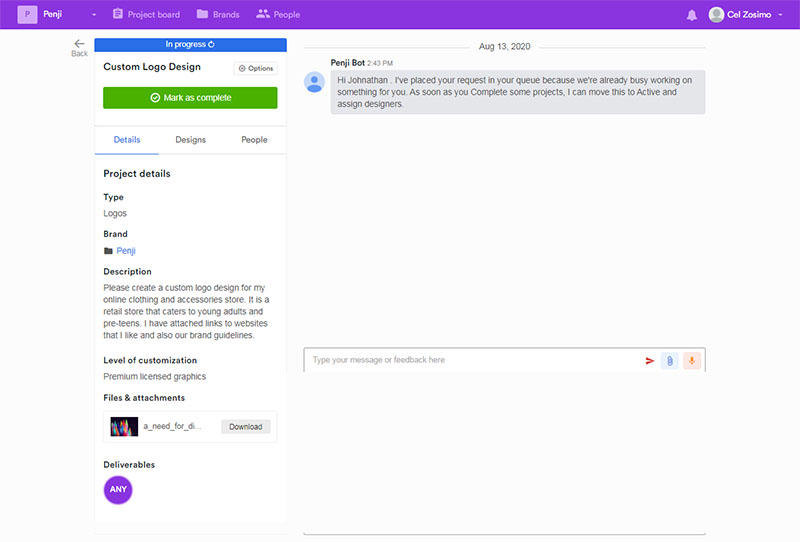
Review
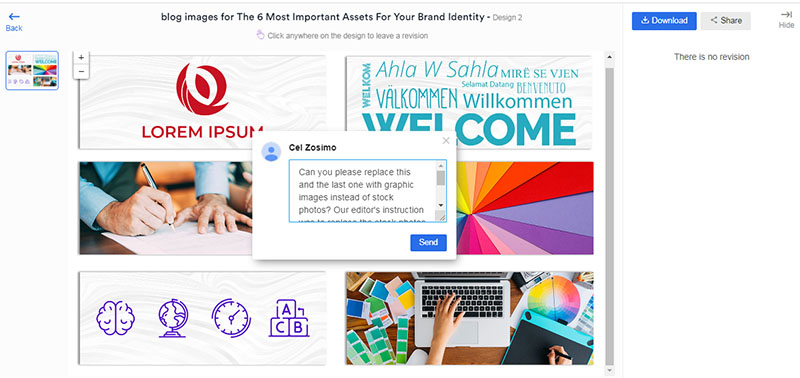
You will get email notifications about the progress of your project. Once you get the first draft, review it, and send revisions if you need to. All you have to do is click on the design, type in your comments, and click Send. Your designer will work on the revisions within 12 to 24 hours.
Download
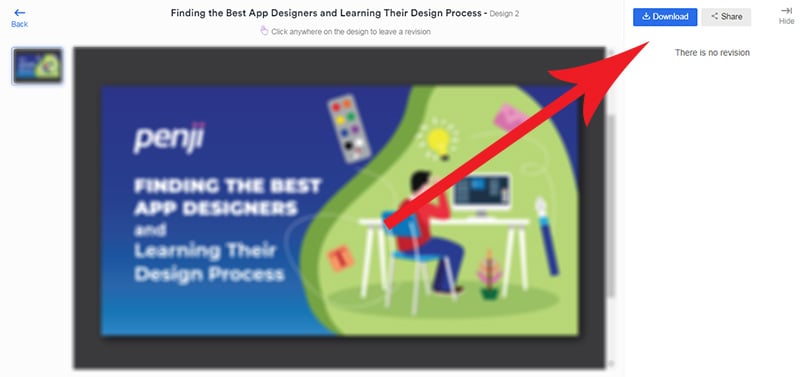
Once satisfied with the design, it’s ready for download. Enjoy your design however you want to use it as you get full ownership of all of them.
Final Thoughts
Small business branding need not be as troublesome or problematic as you may think. With Penji, you can have all your designs created without having to spend a ton of money. Watch our demo video today to learn more about how we can be of help to you.
About the author

Celeste Zosimo
Celeste is a former traditional animator and now an SEO content writer specializing in graphic design and marketing topics. When she's not writing or ranking her articles, she's being bossed around by her cat and two dogs.










